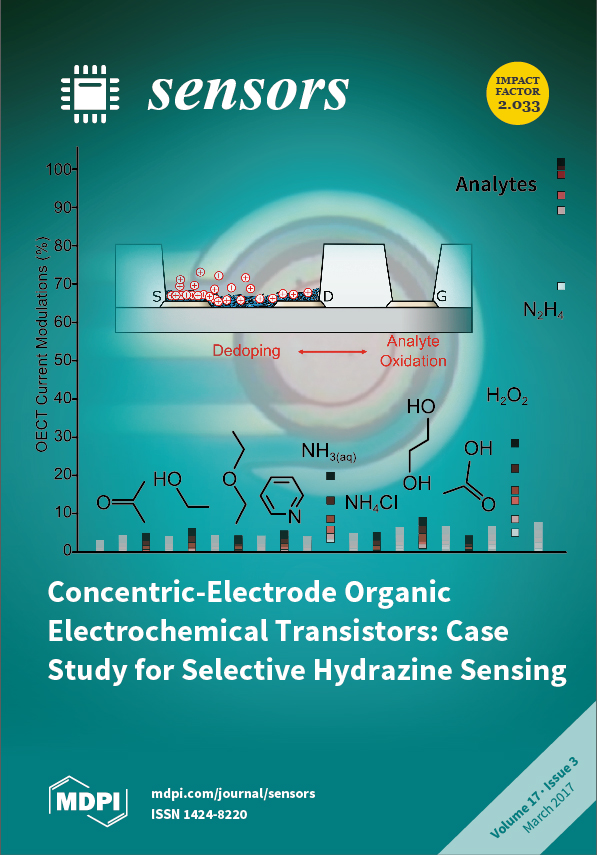1
Department of Surgery, University Medical Center Utrecht, Heidelberglaan 100, 3584 CX Utrecht, The Netherlands
2
Department of Rehabilitation Medicine, Academic Medical Center Amsterdam, Meibergdreef 9, 1105 AZ Amsterdam, The Netherlands
3
Department of Engineering Sciences, Uppsala University, Lägerhyddsvägen 1, Box 534, 751 21 Uppsala, Sweden
4
Pontes Medical, University Medical Center Utrecht, Heidelberglaan 100, 3584 CX Utrecht, The Netherlands
5
Department of Biomechanical Engineering, University of Twente, Drienerlolaan 5, 7522 NB Enschede, The Netherlands
6
Department of Surgery, Maastricht University Medical Center+, P. Debyelaan 25, 6229 HX Maastricht, The Netherlands
Abstract
Background: A variety of techniques for measuring lower limb loading exists, each with their own limitations. A new ambulatory biofeedback system was developed to overcome these limitations. In this study, we described the technical aspects and validated the accuracy of this system. Methods:
[...] Read more.
Background: A variety of techniques for measuring lower limb loading exists, each with their own limitations. A new ambulatory biofeedback system was developed to overcome these limitations. In this study, we described the technical aspects and validated the accuracy of this system. Methods: A bench press was used to validate the system in the static situation. Ten healthy volunteers were measured by the new biofeedback system and a dual-belt instrumented treadmill to validate the system in the dynamic situation. Results: Bench press results showed that the sensor accurately measured peak loads up to 1000 N in the static situation. In the healthy volunteers, the load curves measured by the biofeedback system were similar to the treadmill. However, the peak loads and loading rates were lower in the biofeedback system in all participants at all speeds. Conclusions: Advanced sensor technologies used in the new biofeedback system resulted in highly accurate measurements in the static situation. The position of the sensor and the design of the biofeedback system should be optimized to improve results in the dynamic situation.
Full article






